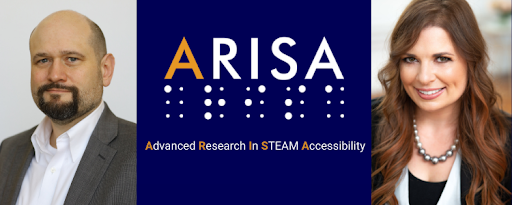Working Group: Projects
Eclipse Soundscape Project
The Eclipse Science Project will introduce accessible opportunities for citizen scientists to participate in eclipse research.
Eclipse Soundscape Project
The Eclipse Soundscapes: Citizen Science Project (ES:CSP) was inspired by anecdotal accounts, including an early citizen science initiative from 1935, that suggest animal behavior may change during a total solar eclipse. A friend once told Dr. Winter that at the moment of totality, when the moon blocked out the sun, crickets began chirping. As soon as the light returned, the crickets stopped. “It dawned on me that eclipses affect the earth in ways that can be experienced and measured using a variety of senses, and that we could study eclipses in ways that were not only visual,” Dr. Winter said.
ES:CSP will introduce accessible opportunities for citizen scientists to participate in eclipse research. With the help of citizen scientists, NASA subject matter experts (SMEs) will collect audio recordings from eclipses and analyze acoustic data to determine how disruptions in light and circadian rhythms may affect ecosystems. The data will include soundscapes recorded by the National Park Service and Brigham Young University during the 2017 total solar eclipse, as well as recordings to be taken during the 2023 annular eclipse and 2024 total solar eclipse.
These recordings will be central to ARISA’s informal learning initiative, which is focused on fostering self-efficacy in under-represented learners. Under the guidance of NASA SMEs, citizen scientists will participate in workshops, and collect and analyze eclipse acoustic data. Learn more at EclipseSoundscapes.org

Follow on Facebook @EclipseSoundscapes, Twitter @EclipseSoundUDL,, and Instagram @EclipseSoundscapes to stay updated and get involved in 2023 and 2024!
ES:CSP is supported by NASA under award No. 80NSSC21M0008.

Henry “Trae” Winter is an astrophysicist who has worked on eight NASA missions. Trae has also designed video wall exhibits to highlight the spectacular images produced by the Solar Dynamics Observatory for the Cooper Hewitt, the Smithsonian National Air and Space Museum, and several others. However, Trae quickly realized that people who are blind and low vision had no access to the exhibits he was creating. Read more about this realization in “Our Origin Story.”
MaryKay Severino is a businesswoman and educator who has worked in marketing and project management and in public and private K-12 and universities in the United States and abroad. Living abroad gave MaryKay a strong understanding of the challenges faced by anyone who communicates differently leading her to realize that her passion lies in both building businesses and supporting more inclusive education.
To make STEAM more accessible to everyone, Trae and MaryKay founded the Advanced Research in STEAM Accessibility (ARISA) Lab. ARISA Lab puts a primary focus on ensuring that all of its products and resources meet the most demanding accessibility challenges faced by end users with the aim of building better and more engaging tools for ALL learners. Follow on Facebook @ArisaLabLLC, Twitter @Arisa_Lab, and Instagram @ArisaLabLLC
